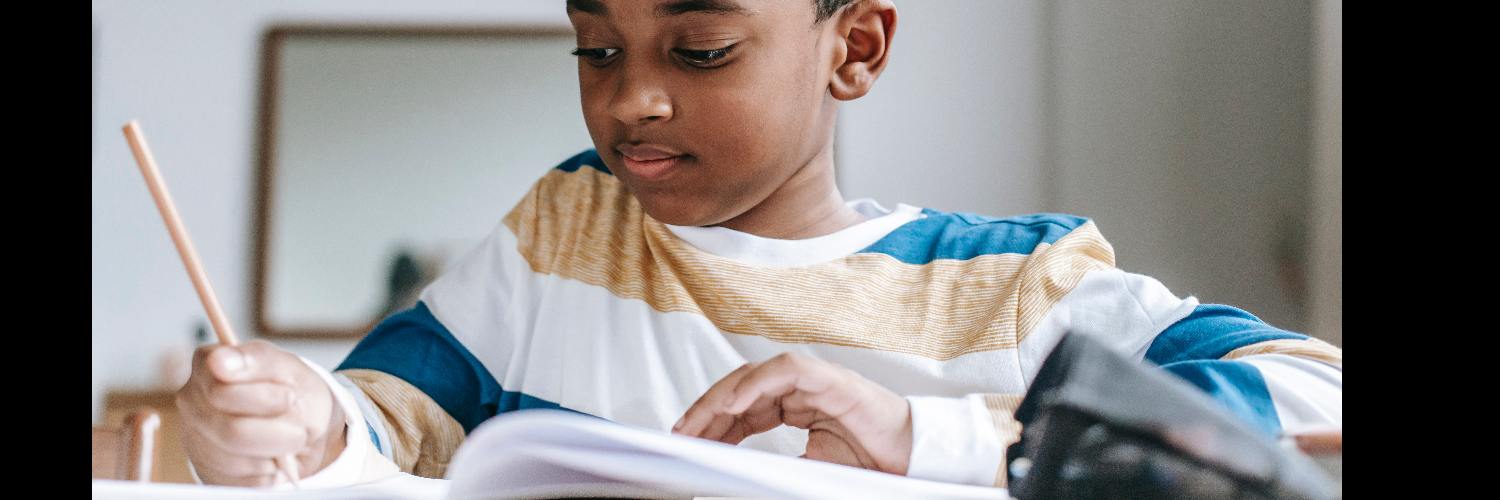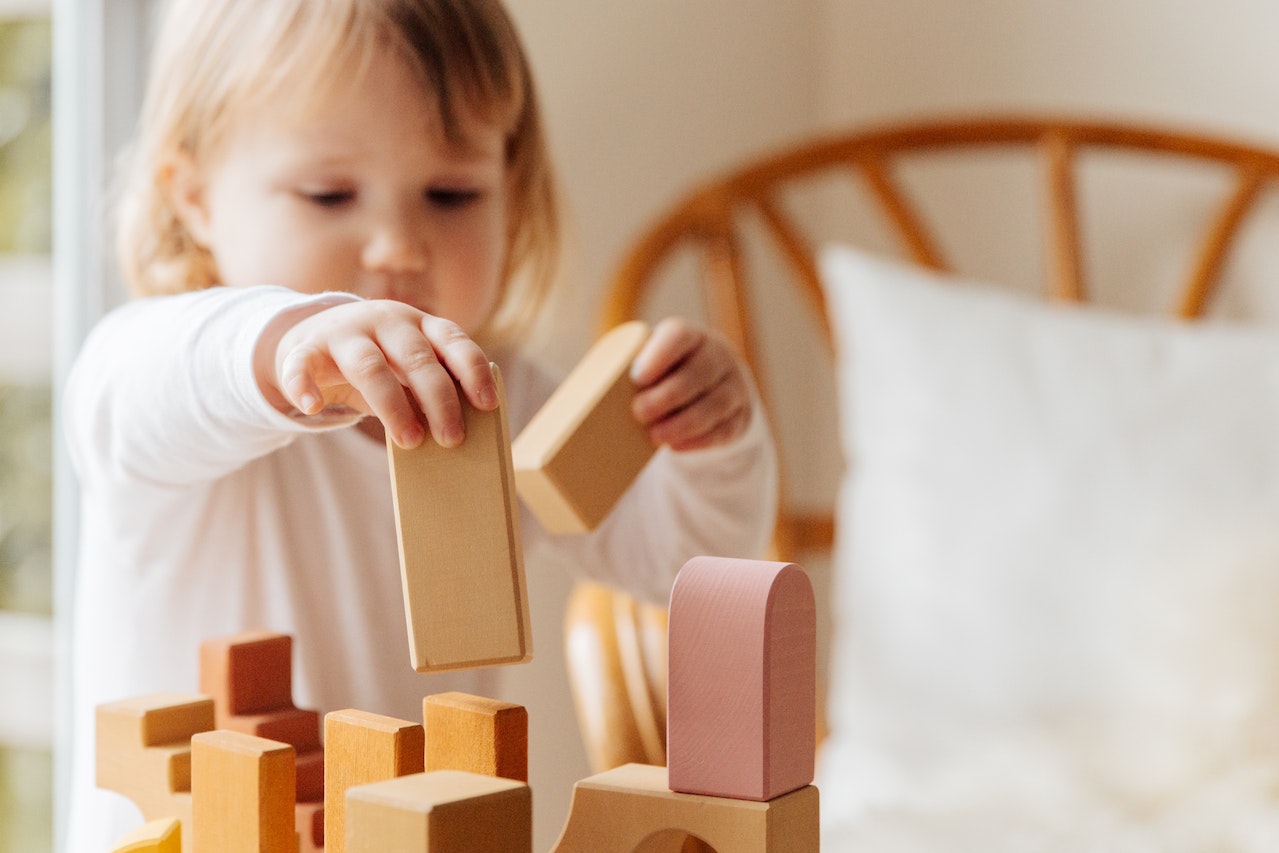Theory of psychosexual development
Table of Contents
What is the introduction of the theory of psychosexual development
Sigmund Freud, the father of modern psychology and one of the most influential minds in all of human history, developed a theory of psychosexual development that details an individual’s progression through life stages.
Freud believed that children who experienced neglect or trauma during these stages would be prone to mental illnesses such as anxiety disorders, depression, and addiction.
What is the theory of psychosexual development? or
Psychosexual development is a universal process that occurs in all human beings, with certain variations due to gender, age, culture, and social environment. Psychosexual development begins with sexual activity at the beginning of puberty and continues into adulthood, a process that is influenced by both biological and social factors. This process involves the physical, psychological, and social changes that occur during the period of puberty.

How does psychosexual development work?
The main difference between adults and children in their way of learning is that children do not have an exact idea of what they are doing. When a child says that he is doing something, he is really not. Children do not say they are playing or talking, but what they really do is explore, learning and experience. Children’s way of learning is usually not goal-oriented. They are not always concerned about the final outcome of their behavior. They are concerned about what they are doing and what they are experiencing. If they do not understand what they are doing, they do not try to understand, but try to explore and discover. Children use their bodies to express themselves, but they do not think about what they are doing.
How can I help my children develop psychosexual development work?
If you are concerned about your child’s schoolwork, you may have many questions. Some questions will be easy to answer, and some may be more difficult. If you want to know how to help your child, it is helpful to have an idea of the best ways to help. There are many different ways to help your child, and they all have their own benefits. The more you know about your child, the better equipped you will be to help. Here are some of the ways you can help your child.
Freud’s 5 Stages of Psychosexual Development – Simply
These are called psychosexual stages because each stage represents the fixation of libido (roughly translated as sexual drives or instincts) on a different area of the body. As a person grows physically certain areas of their body become important as sources of potential frustration (erogenous zones), pleasure, or both.
Freud (1905) believed that life was built around tension and pleasure. Freud also believed that all tension was due to the build-up of libido (sexual energy) and that all pleasure came from its discharge.
In describing human personality development as psychosexual Freud meant to convey that what develops is the way in which sexual energy of the id accumulates and is discharged as we mature biologically. (NB Freud used the term ‘sexual’ in a very general way to mean all pleasurable actions and thoughts).
It is also known as Sigmund Freud’s theory of development
Freud stressed that the first five years of life are crucial to the formation of an adult personality. The id must be controlled in order to satisfy social demands; this sets up a conflict between frustrated wishes and social norms.
The ego and superego develop in order to exercise this control and direct the need for gratification into socially acceptable channels. Gratification centers in different areas of the body at different stages of growth, making the conflict at each stage psychosexual. The Role of Conflict Each of the psychosexual stages is associated with a particular conflict that must be resolved before the individual can successfully advance to the next stage.

The resolution of each of these conflicts requires the expenditure of sexual energy and the more energy that is expended at a particular stage, the more important characteristics of that stage remain with the individual as he/she matures psychologically.
To explain this Freud suggested the analogy of military troops on the march. As the troops advance, they are met by opposition or conflict. If they are highly successful in winning the battle (resolving the conflict), then most of the troops (libido) will be able to move on to the next battle (stage).
But the greater the difficulty encountered at any particular point, the greater the need for troops to remain behind to fight and thus the fewer that will be able to go on to the next confrontation.
What are the Psychosexual Stages of Development
You can remember the order of these stages by using the mnemonic: “old (oral) age (anal) pensioners (phallic) love (latent) grapes (genital).
In the first stage of psychosexual development, the libido is centered in a baby’s mouth. During the oral stages, the baby gets much satisfaction from putting all sorts of things in its mouth to satisfy the libido, and thus its id demands. Which at this stage in life are oral, or mouth orientated, such as sucking, biting, and breastfeeding.
Freud said oral stimulation could lead to an oral fixation in later life. We see oral personalities all around us such as smokers, nail-biters, finger-chewers, and thumb-suckers. Oral personalities engage in such oral behaviors, particularly when under stress.
Freud believed that this type of conflict tends to come to a head in potty training, in which adults impose restrictions on when and where the child can defecate. The nature of this first conflict with authority can determine the child’s future relationship with all forms of authority.
Early or harsh potty training can lead to the child becoming an anal-retentive personality who hates mess, is obsessively tidy, punctual, and respectful of authority. They can be stubborn and tight-fisted with their cash and possessions.

This is all related to the pleasure got from holding on to their feces when toddlers, and their mum’s then insisting that they get rid of it by placing them on the potty until they perform!
Not as daft as it sounds. The anal expulsive, on the other hand, underwent a liberal toilet-training regime during the anal stage.
In adulthood, anal expulsive is the person who wants to share things with you. They like giving things away. In essence, they are ‘sharing their s**t’!’ An anal-expulsive personality is also messy, disorganized, and rebellious.
The phallic stage is the third stage of psychosexual development, spanning the ages of three to six years, wherein the infant’s libido (desire) centers upon their genitalia as the erogenous zone.
The child becomes aware of anatomical sex differences, which sets in motion the conflict between erotic attraction, resentment, rivalry, jealousy, and fear which Freud called the Oedipus complex (in boys) and the Electra complex (in girls).
This is resolved through the process of identification, which involves the child adopting the characteristics of the same-sex parent.
The most important aspect of the phallic stage is the Oedipus complex. This is one of Freud’s most controversial ideas and one that many people reject outright.
The name of the Oedipus complex derives from the Greek myth where Oedipus, a young man, kills his father and marries his mother. Upon discovering this, he pokes his eyes out and becomes blind. This Oedipal is the generic (i.e., general) term for both Oedipus and Electra complexes.
In the young boy, the Oedipus complex or more correctly, conflict, arises because the boy develops sexual (pleasurable) desires for his mother. He wants to possess his mother exclusively and get rid of his father to enable him to do so.
Irrationally, the boy thinks that if his father were to find out about all this, his father would take away what he loves the most. During the phallic stage what the boy loves most is his penis. Hence the boy develops castration anxiety.
The little boy then sets out to resolve this problem by imitating, copying, and joining in masculine dad-type behaviors. This is called identification and is how the three-to-five-year-old boy resolves his Oedipus complex.
Identification means internally adopting the values, attitudes, and behaviors of another person. The consequence of this is that the boy takes on the male gender role, and adopts an ego ideal and values that become the superego.
Freud (1909) offered the Little Hans case study as evidence of the Oedipus complex.
For girls, the Oedipus or Electra complex is less than satisfactory. Briefly, the girl desires the father but realizes that she does not have a penis. This leads to the development of penis envy and the wish to be a boy.
The girl resolves this by repressing her desire for her father and substituting the wish for a penis with the wish for a baby. The girl blames her mother for her ‘castrated state,’ and this creates great tension.
The girl then represses her feelings (to remove the tension) and identifies with the mother to take on the female gender role.
